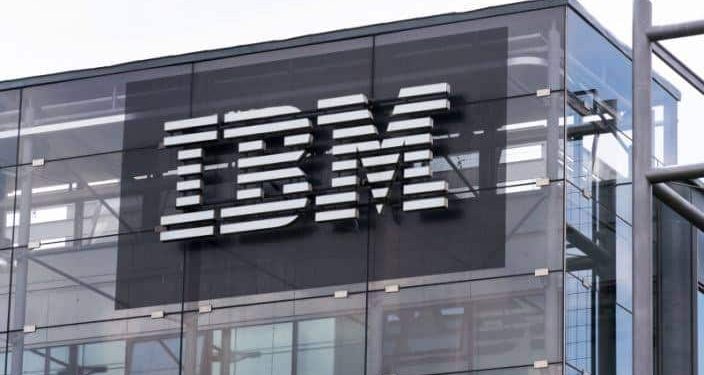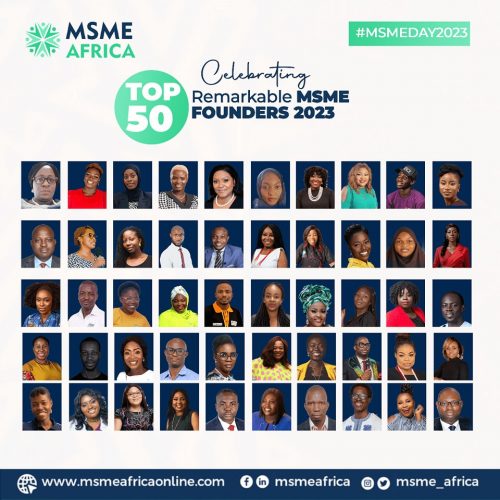In 2023, IBM made a bold move by laying off nearly 8,000 employees, mainly in its human resources department. This decision aimed to replace routine HR tasks with an artificial intelligence system called AskHR, developed to handle a wide range of repetitive processes. Based in Armonk, New York, IBM sought to automate functions like vacation requests, payroll management, and employee documentation, intending to boost efficiency and cut costs.
The AI platform was highly effective, automating approximately 94% of those routine tasks. IBM reported that this transformation led to a $3.5 billion increase in productivity across more than 70 different job roles. The company viewed the move as part of a larger wave in the tech industry, where firms like Google and Spotify have also embraced automation to streamline operations and reduce staff in support functions.
Unexpected Employment Growth Despite Layoffs
Despite the large-scale layoffs, IBM’s total workforce did not shrink as anticipated. Instead, the number of employees increased after the initial job cuts. Arvind Krishna, IBM’s CEO since 2020, explained this surprising outcome during an interview with The Wall Street Journal: “Our total employment has actually gone up, because what [AI] does is it gives you more investment to put into other areas.” These areas include software engineering, marketing, and sales — jobs that require creativity, critical thinking, and direct human interaction.
IBM redirected the resources freed by AI automation to hire experts in high-value fields. The new hires focused on programming, marketing, and client-facing roles, sectors that remain less vulnerable to automation. This shift reflects the company’s strategy to combine technology and human expertise to strengthen its business, rather than simply cutting costs.
The Changing Nature of Work In a Tech-Driven World
IBM’s experience illustrates a broader trend in the job market, where AI does not just eliminate jobs but changes the types of jobs available. Routine and repetitive roles are replaced by automation, while demand grows for workers who can design, implement, and sell AI-driven solutions.
Other companies have faced similar challenges. For example, Duolingo’s heavy reliance on chatbots forced it to rehire staff after automation fell short of expectations. IBM’s example highlights the need for businesses to invest in retraining and reskilling employees to adapt to a fast-changing employment landscape.
The AskHR platform itself handled more than 11.5 million interactions in 2024, achieving a significant rise in customer satisfaction scores—from a negative net promoter score (NPS) of -35 to +74 over a few years. Still, about 6% of requests require human assistance, underscoring that AI cannot fully replace human involvement in all tasks.
Balancing Innovation and Workforce Evolution
The case of IBM showcases the complexities companies face when integrating AI. The technology offers major productivity gains but requires careful management of workforce transitions. As Arvind Krishna pointed out, the move towards automation “allowed us to invest more in areas that need human creativity and interaction.” This balance between machines and people continues to shape IBM’s approach to employment and innovation.
By automating routine tasks, IBM has not only streamlined HR processes but also redefined how work is distributed across its global team of over 270,000 employees. The company’s ongoing transformation provides insight into how technology can both disrupt and create opportunities in the modern workplace.










